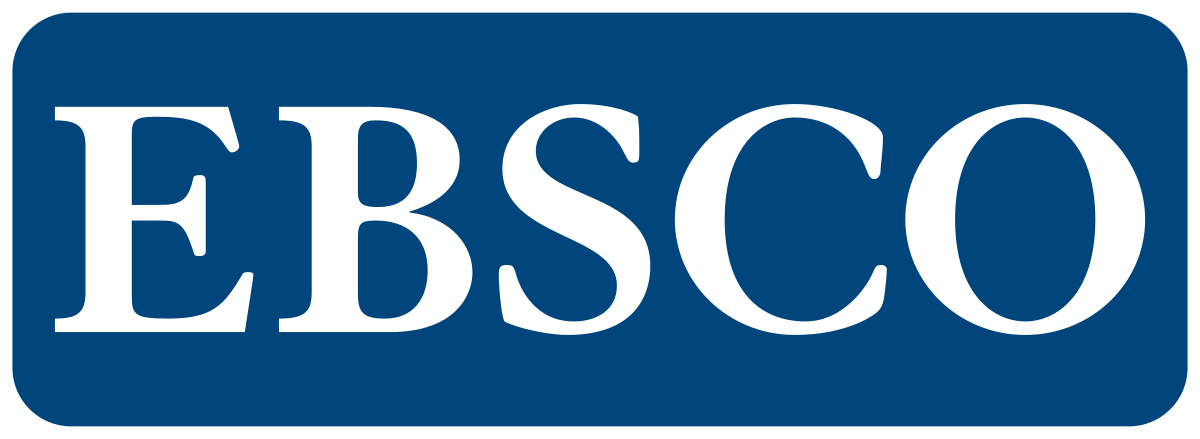Life Cycle Assessment of Melon (Cucumis Melo L) Production in Tropical Greenhouse, Indonesia
DOI:
https://doi.org/10.23960/jtep-l.v14i1.226-239 Abstract View: 399
Abstract View: 399
Abstract
Recently, melon cultivation in controlled environments such as greenhouse are popular to improve productivity and quality. However, environmentally friendly productions are necessary for preserving ecosystems and reducing environmental impact. This research aimed to evaluate the environmental impact using a life cycle assessment approach. Research was conducted using a life cycle assessment with six categories evaluated such as Global Warming Potential (GWP), Stratospheric Ozone Depletion (SOD), Terrestrial Acidification (TAC), Freshwater Eutrophication (FEU), Terrestrial Ecotoxicity (TEC), and Human Carcinogenic Toxicity (HCT) for kilograms of fresh melon. The result of GWP was 2.137 kg CO2 eq; SOD at 0.39(10-5) kg CFC-11 eq; TAC at 3.93(10-3) kg SO2 eq; FEU at 0.44(10-3) kg P eq; TEC at 4.62 kg 1.4-DCB eq; and HCT at 0.13 kg 1.4-DCB eq. Furthermore, the main contribution of environmental impact was cultivating media such as cocopeat and rice husk charcoal. The result of this research is important to improve greenhouse-based melon production.
Keywords: Greenhouse, GWP, Life cycle assessment, Melon.
Downloads
References
Allam, M., Radicetti, E., Quintarelli, V., Petroselli, V., Marinari, S., & Mancinelli, R. (2022). Influence of organic and mineral fertilizers on soil organic carbon and crop productivity under different tillage systems: A meta-analysis. Agriculture, 12(4), 464. https://doi.org/10.3390/agriculture12040464
Aznar-Sánchez, J.A., Velasco-Muñoz, J.F., López-Felices, B., & Román-Sánchez, I.M. (2020). An analysis of global research trends on greenhouse technology: Towards a sustainable agriculture. International Journal of Environmental Research and Public Health, 17(2), 664. https://doi.org/10.3390/ijerph17020664
Cammarata, M., Timpanaro, G., Incardona, S., La Via, G., & Scuderi, A. (2023). The quantification of carbon footprints in the agri-food sector and future trends for carbon sequestration: A systematic literature review. Sustainability, 15(21), 15611. https://doi.org/10.3390/su152115611
Cellura, M., Ardente, F., & Longo, S. (2012). From the LCA of food products to the environmental assessment of protected crops districts: A case-study in the south of Italy. Journal of Environmental Management, 93(1), 194-208. https://doi.org/10.1016/j.jenvman.2011.08.019
Charles, R., Jolliet, O., Gaillard, G., & Pellet, D. (2006). Environmental analysis of intensity level in wheat crop production using life cycle assessment. Agriculture, Ecosystems & Environment, 113(1–4), 216-225. https://doi.org/10.1016/j.agee.2005.09.014
Erniati, Suhardiyanto, H., Hasbullah, R., & Supriyanto. (2023). Artificial neural networks to predict melon (Cucumis melo L.) production in tropical greenhouse, Indonesia. Jurnal Keteknikan Pertanian, 11(2), 193-204. https://doi.org/10.19028/jtep.011.2.193-204
Erniati, Suhardiyanto, H., Hasbullah, R., & Supriyanto. (2024). Photosynthetic rate prediction model of golden melon plant (Cucumis melo L.) at vegetative phase in greenhouse using artificial neural networks. HAYATI Journal of Biosciences, 31(1), 30-38. https://doi.org/10.4308/hjb.31.1.30-38
Figueirêdo, M.C.B., Kroeze, C., Potting, J., Barros, V.S., de Aragão, F.A.S., Gondim, R.S., Santos, T.L., & de Boer, I.J.M. (2013). The carbon footprint of exported Brazilian yellow melon. Journal of Cleaner Production, 47, 404-414. https://doi.org/10.1016/j.jclepro.2012.09.015
Frankowska, A., Jeswani, H. K., & Azapagic, A. (2019a). Life cycle environmental impacts of fruits consumption in the UK. Journal of Environmental Management, 248(April). https://doi.org/10.1016/j.jenvman.2019.06.012
Istiningdyah, A., Tambing, Y., & Bustami, M.U. (2013). Pengaruh BAP dan kasein hidrolisat terhadap pertumbuhan tunas melon (Cucumis melo L.) secara in vitro. Agrotekbis, 1(4), 314-322.
Kalboussi, N., Biard, Y., Pradeleix, L., Rapaport, A., Sinfort, C., & Ait-mouheb, N. (2022). Life cycle assessment as decision support tool for water reuse in agriculture irrigation. Science of The Total Environment, 836, 155486. https://doi.org/10.1016/j.scitotenv.2022.155486
Kementerian LHK RI. (2019). Program Penilaian Kinerja Perusahaan dalam Pengelolaan Lingkungan Hidup (PROPER) 2019. Jakarta: Kementerian Lingkungan Hidup dan Kehutanan RI.
Khoshnevisan, B., Rafiee, S., Omid, M., Mousazadeh, H., & Clark, S. (2014). Environmental impact assessment of tomato and cucumber cultivation in greenhouses using life cycle assessment and adaptive neuro-fuzzy inference system. Journal of Cleaner Production, 73, 183-192. https://doi.org/10.1016/j.jclepro.2013.09.057
Lourenço, F., Gonçalves, M.C., Canciglieri Júnior, O., Dias, I.C.P., Benitez, G.B., Benitez, L.B., & Benitez Nara, E.O. (2024). A systemic approach to the product life cycle for the product development process in agriculture. Sustainability, 16(10), 4207. https://doi.org/10.3390/su16104207
Rahmah, D.M., Putra, A.S., Ishizaki, R., Noguchi, R., & Ahamed, T. (2022). A life cycle assessment of organic and chemical fertilizers for coffee production to evaluate sustainability toward the energy–environment–economic nexus in Indonesia. Sustainability, 14(7), 3912. https://doi.org/10.3390/su14073912
Siregar, K., Ichwana, I., Nasution, I.S., Sholihati, S., Sofiah, I., & Miharza, T. (2020b). Implementation of life cycle assessment (LCA) for oil palm industry in Aceh Province, Indonesia. IOP Conference Series: Earth and Environmental Science, 542, 012046. https://doi.org/10.1088/1755-1315/542/1/012046
Siregar, K., Supriyanto, S., Setiawan, A.A.R., Wiloso, E.I., Sholihati, S., Miharza, T., & Sofia, I. (2020a). IDN-LCI: The conceptual framework of the Indonesian life cycle inventory database to support the life cycle assessment. IOP Conference Series: Earth and Environmental Science, 542, 012044. https://doi.org/10.1088/1755-1315/542/1/012044
Steubing, B., Wernet, G., Reinhard, J., Bauer, C., & Moreno-Ruiz, E. (2016). The ecoinvent database version 3 (part II): Analyzing LCA results and comparison to version 2. The International Journal of Life Cycle Assessment, 21, 1269–1281. https://doi.org/10.1007/s11367-016-1109-6
Usman, M., Farooq, M., Wakeel, A., Nawaz, A., Cheema, S.A., Rehman, H., Ashraf, I., & Sanaullah, M. (2020). Nanotechnology in agriculture: Current status, challenges and future opportunities. Science of The Total Environment, 721, 137778. https://doi.org/10.1016/j.scitotenv.2020.137778
Downloads
Published
How to Cite
Issue
Section
License
Authors who publish with this journal agree to the following terms:
Authors retain copyright and grant the journal right of first publication with the work simultaneously licensed under a Creative Commons Attribution-ShareAlike 4.0 International Lice that allows others to share the work with an acknowledgement of the work's authorship and initial publication in this journal.
Authors are able to enter into separate, additional contractual arrangements for the non-exclusive distribution of the journal's published version of the work (e.g., post it to an institutional repository or publish it in a book), with an acknowledgement of its initial publication in this journal.
Authors are permitted and encouraged to post their work online (e.g., in institutional repositories or on their website) prior to and during the submission process, as it can lead to productive exchanges, as well as earlier and greater citation of published work (See The Effect of Open Access).
Jurnal Teknik Pertanian Lampung

JTEPL is licensed under a Creative Commons Attribution-ShareAlike 4.0 International License.













